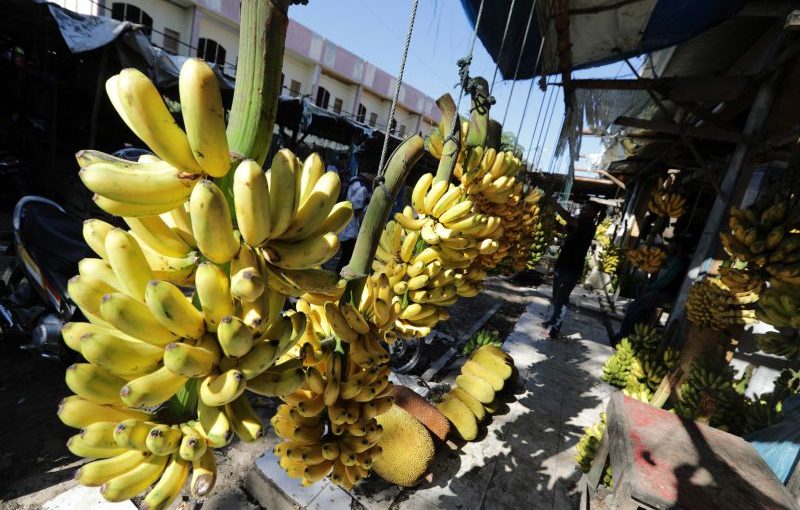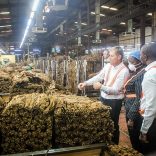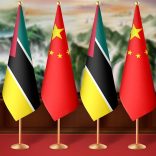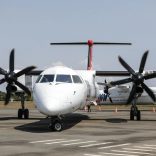Mozambique: CTA calls for new dynamism in agriculture
Banana vendors in Nampula are trying to make ends meet despite plague affecting production

Photo: Lusa
Banana seller Sebastião Avirane, 38, has noticed a reduction in fruit quantities in the local market since 2007.
And indeed, a pest had arrived: Panama’s Disease, which significantly affected Matanuska, one of the largest banana companies in the Monapo district of Nampula, northern Mozambique, driving it into bankruptcy in 2018, and affecting, directly and indirectly an estimated 2,500 people.
Selling bananas provided a living for Sebastião’s wife and four children.
“I used to be able to pick up four large baskets of bananas to sell here at the Padaria Nampula to women reselling in the city, but now the fruit has almost disappeared, and I have to sell things like avocado, maize and cassava to increase revenue. I can’t just stop,” he says.
Five months ago, Ana Castelo had to replace the bananas she sold on the streets of Nampula with cookies she makes in her yard in the Mutomote neighbourhood.
Her explanation is the same. “There aren’t as many bananas on the market as there used to be and our customers do not understand it when we raise the price.”
“They were accustomed to previous prices, five to ten meticais (a few cents), but today it is only possible to sell three to six bananas for ten to twenty meticais.”
Panama’s Disease – or Fusarium wilt – is caused by a fungus in the soil that attacks the plant’s roots, obstructing the flow of the sap.
The fungus can last in the soil for decades, its removal is problematic, and it has several ways of spreading, including via contaminated water, equipment or plants, all leading to healthy roots coming into contact with spores released by sick plants.
Its name comes from the first reports of the damage it inflicts, reported in Central and South America in the early twentieth century.
In Nampula, the Jacarandá company is still battling on, but the fight is hard. The fungus has already devastated 50 hectares of the firm’s production area.
The Ministry of Agriculture wants, with the support of partners, to restore the banana industry to the levels obtaining when Matanuska – which exported the fruit to several countries in Africa – was in operation.
Government officials recently held a meeting in Nampula on measures to combat Panama’s Disease and recommended investing in the results of the investigation.
By 2014, the Food and Agriculture Organisation (FAO) had urged countries, especially in Latin America, to strengthen the prevention of this fungus, saying the best way to combat the disease was to prevent its spread by avoiding the movement of diseased plant materials and contaminated soil particles.
The Mozambican government a year ago banned the circulation of bananas produced in Cabo Delgado and Nampula, as well as “the movement of propagating material such as ‘socas’ (sprouts) and seedlings”.












Leave a Reply
Be the First to Comment!
You must be logged in to post a comment.
You must be logged in to post a comment.